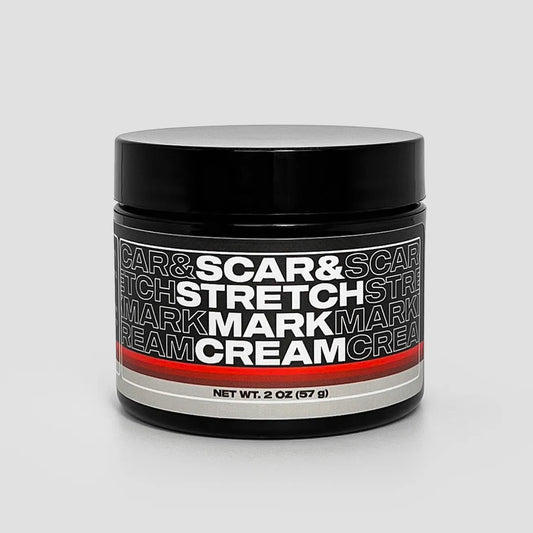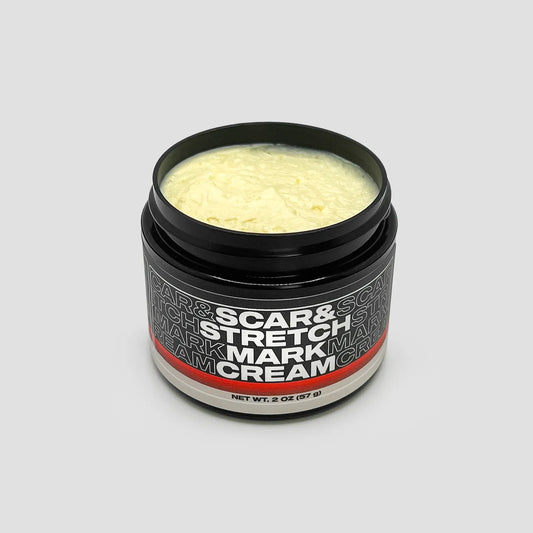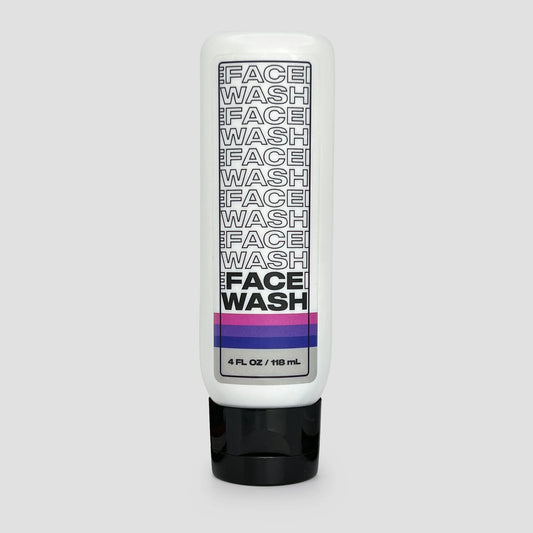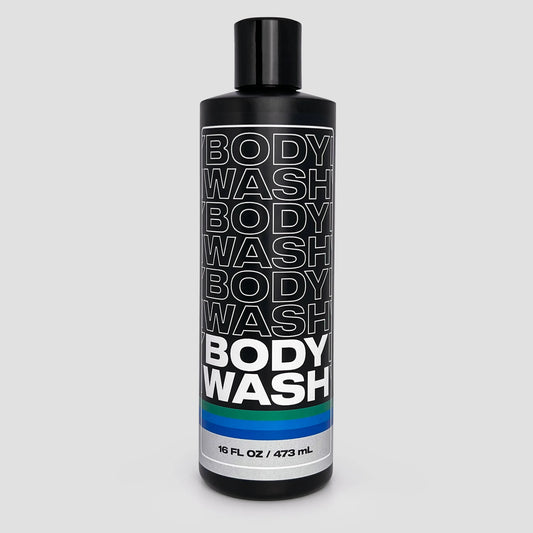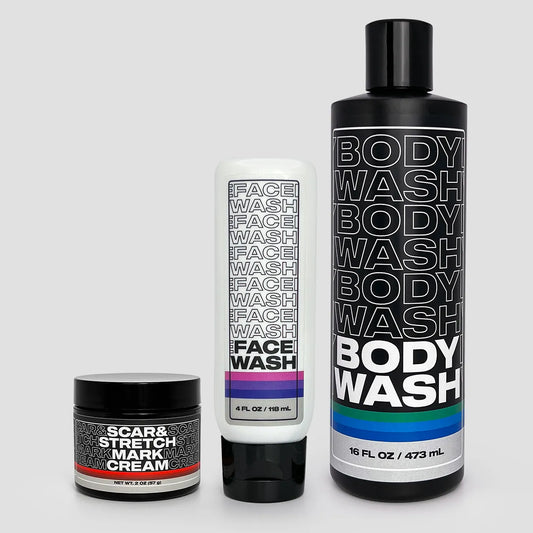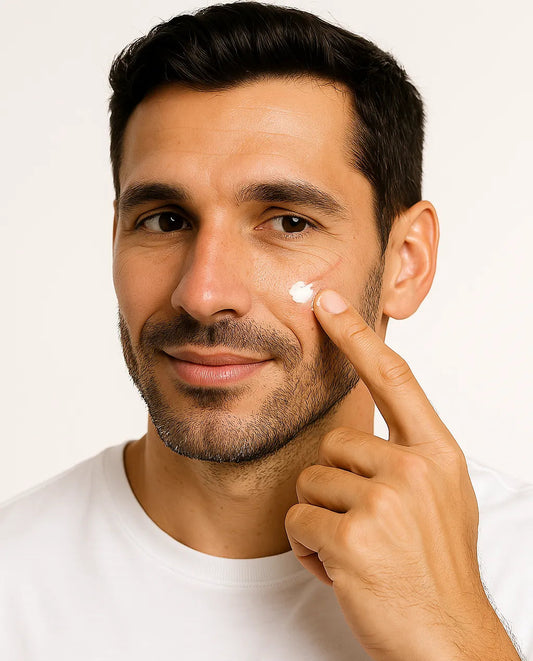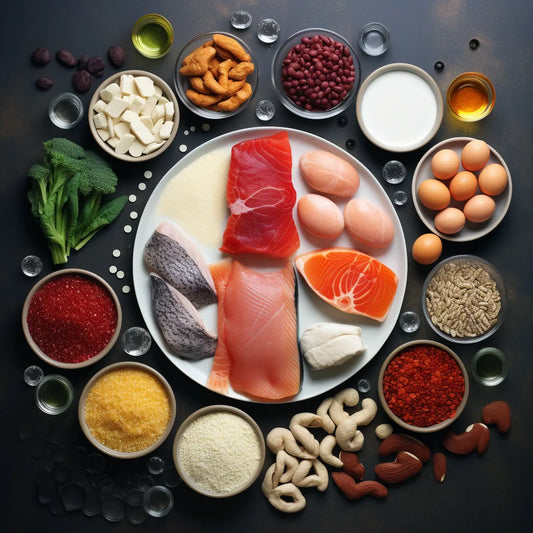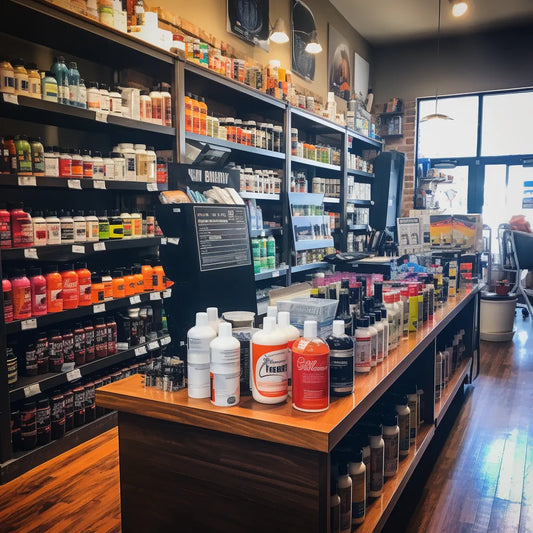
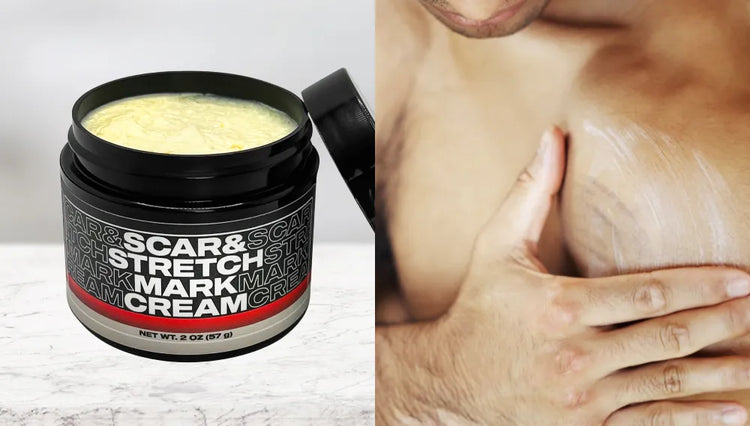
In the world of fitness, whey protein and milk protein are hot topics. They're like Batman and Superman - each having their unique superpowers when it comes to fuelling your workouts and aiding muscle repair.
Understanding their differences is crucial, especially for athletic men striving for maximum performance, optimal recovery, skin health, and overall wellness. Indeed, what you ingest plays a vital role in your skin condition.
So, let's break down the ins and outs of whey protein and milk protein, their effects on muscle growth, and how they interact with the skin.
Read on to give your protein awareness a new level of expertise, and choose your side in the Whey vs. Milk showdown more confidently!
What are Whey and Milk Proteins?
Whey and milk proteins hail from the same origin - cow's milk, which is approximately 20% whey and 80% casein, a type of milk protein. These protein types comprise essential amino acids needed for cell growth, tissue repair, and muscle building. The primary differences lie in their absorption rate and amino acid compositions—a topic worth further discussion.
Whey Protein vs Milk Protein: Which is Better for Muscle Growth?
When solely considering muscle growth, whey protein comes across as the frontrunner due to its fast absorption rate, making it effective for post-workout recovery. However, the slower-digesting milk protein, casein, provides a steady stream of amino acids over time, promoting muscle maintenance and reducing muscle breakdown. So, choosing better between the two may essentially boil down to personal goals and workout patterns.
The Protein Face-Off: Implications for Skin Health
Pumping proteins aren't just about hulking up. They also play a significant role in skin health. Rapid muscle growth causing stretch marks is a common issue among fitness enthusiasts. Your skin needs protein, too! It requires an adequate protein supply to repair and reduce the appearance of such undesirable skin changes.
Moreover, milk proteins are often highlighted in personal care products. They are rich in lactic acid and essential amino acids beneficial for hydrating and healing the skin, improving elasticity, and combating dryness.
Which Should You Choose: Milk or Whey?
Heading to the protein aisle of your local health store, you might ask - "So, should I move with whey or milk protein?" The answer isn't black and white, but gauging your needs against their unique properties might guide you towards a suitable choice.
Remember, whichever protein you choose, it's important to ensure your skin is also cared for. Rapid fitness transformations can cause unsightly stretch marks and scar. Products like Tapered's Scar and Stretch Mark Cream with an excellent balance of ingredients can lend a helping hand in nurturing your skin.
Whey or Milk Protein: The Final Take
From fueling your workouts to supporting skin health, both whey and milk proteins have their strengths. Whichever protein you pick, remember always to listen to your body. Choose what fits your goals, dietary restrictions, and lifestyle. Stay consistent, stay hydrated, and take care of your skin.
We hope this guide has offered you a new level of protein prowess, enabling you to make more informed decisions in shaping your fitness and wellness journey.
